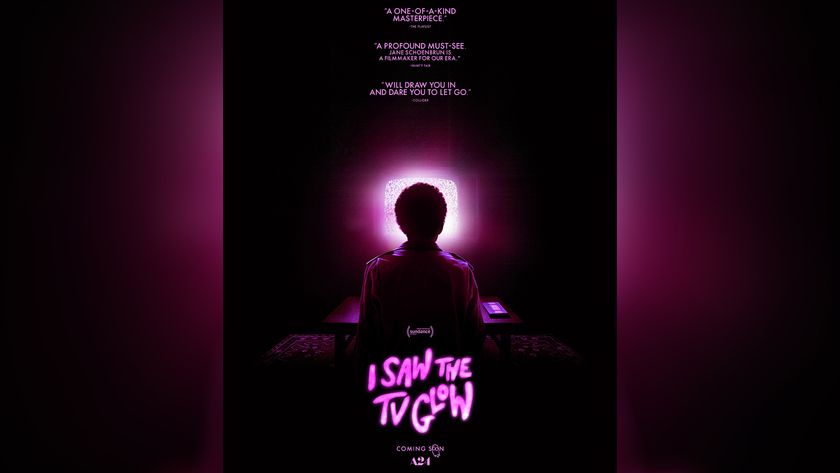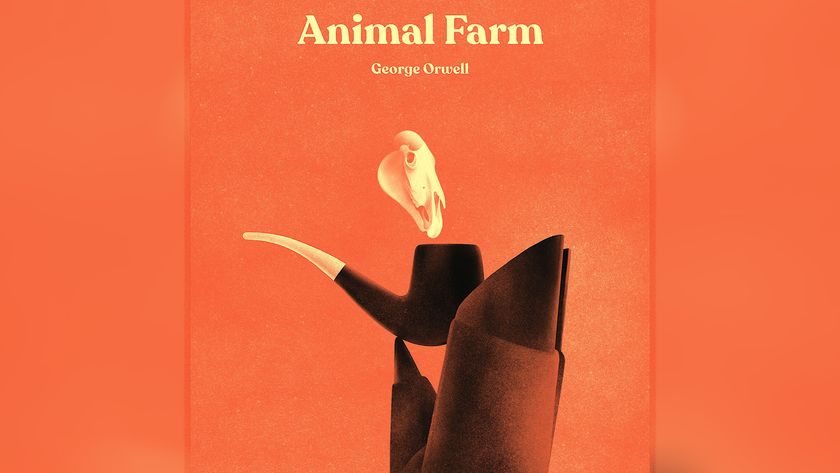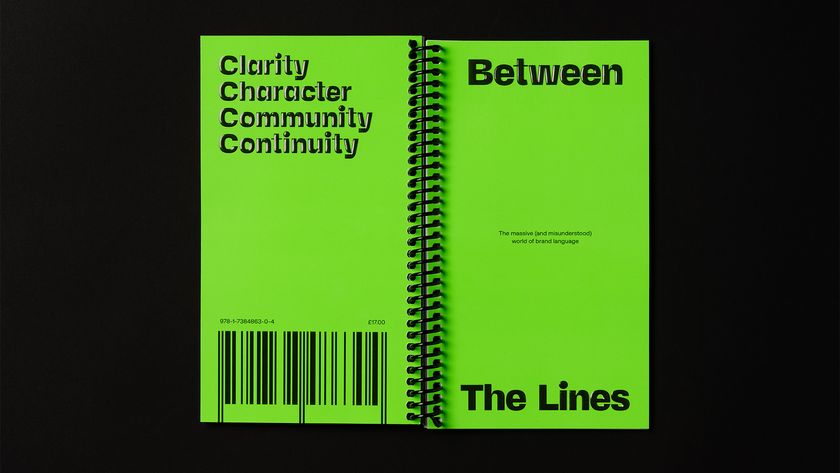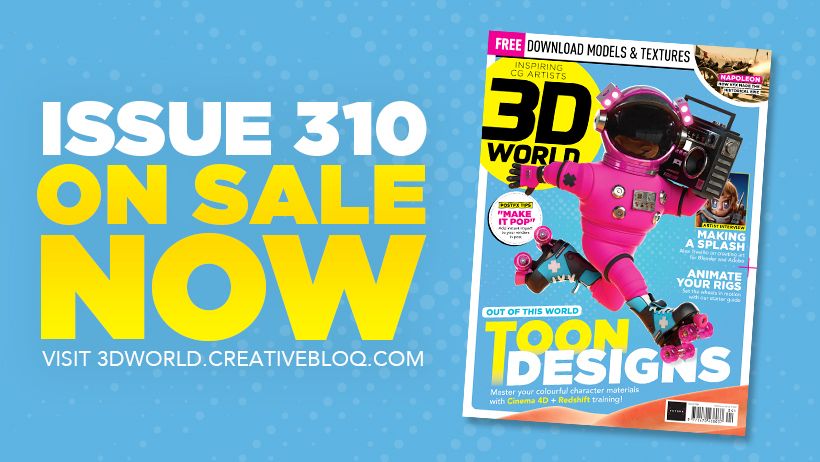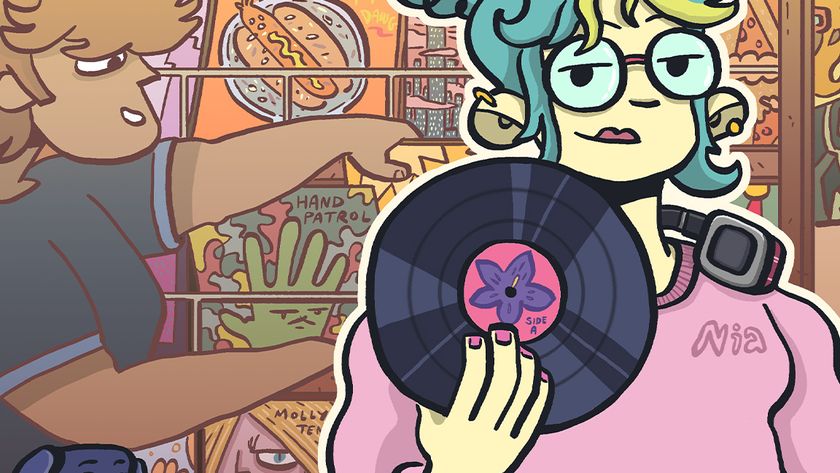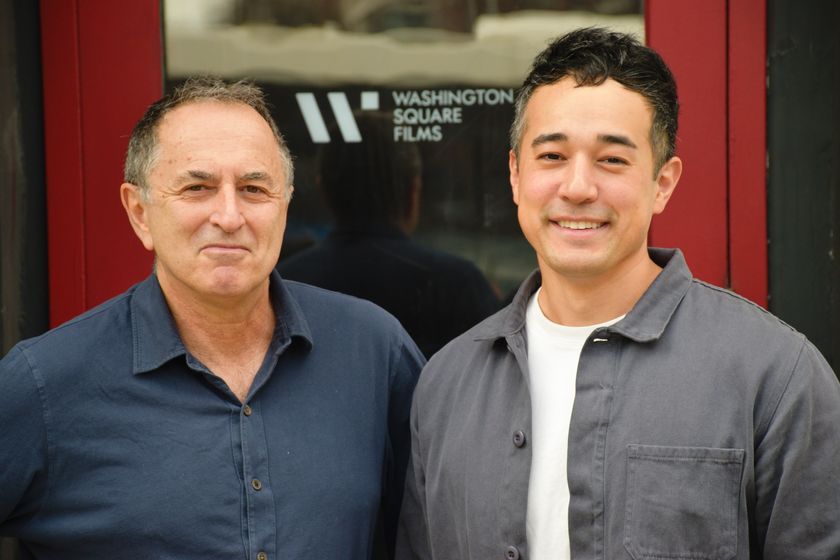How to protect your designs from copyright thieves
How would you respond if your work was ripped off? Leading designers who've gone from visionary to victim reveal how creative copyright really works.
Put pen to paper, fingers to keyboard or instrument to record and you create something from nothing. You are the sole legal and moral owner of that sentence, artwork or noise, and laws exist to ensure your rights of ownership are protected.
Copyright infringement has never been more tightly enforced, from cross-border laws and treaties to vigilante websites that name and shame. Yet violations of creative ownership are on the increase. Whether it's work being passed off, copyright breaches by commercial companies, or pitch work going live unbeknownst to its original creator, occurrences of creative work being used without the owner's permission are rife.
It used to be much harder for potential copyright thieves. But creatives need to advertise their skills - and that means putting work online. Whether your work ends up being copied outright and passed-off as the work of someone else or used out of context for someone else's material gain, or your design or style plagiarised, the result is the same. Your rights are infringed, you end up out of pocket and - often more importantly - your work and creative endeavours go unacknowledged.
In June 2012, Robynne Raye of design firm Modern Dog took the gallant decision to put the studio's building up for sale. Why gallant? Because Raye did so in order to raise funds in preparation for a copyright infringement battle with Disney, the world's largest media conglomerate, which in 2011 generated more than $40 billion in revenue.
The lawsuit alleges that artwork from the studio's 2008 book, Modern Dog: 20 Years of Poster Art, was used on T-shirts sold in Target stores - a Disney-owned retailer. "Our first reaction was shock," says Raye. "Another designer working at a local Seattle studio called to say he saw our illustrations on a product being sold through a major retailer, complete with a hang-tag advertising a movie. Within a few days of being alerted we ordered the item to see for ourselves."
The Modern Dog case is well documented online, but with the lawsuit ongoing and due for trial later in 2013, Raye is constrained in what she can say. To an observer, the infringement appears crystal clear; the battle for recognition, correction and compensation, however, is anything but. "It would be nice to start with a public apology and an admission of wrong doing so we can set the record straight, but we aren't holding our breath," says Raye. "Then monetary compensation needs to follow. We believe the defendants in our case would insist on nothing less if the tables were turned."
The cost of fighting your corner
Litigation doesn't come cheap, though. A crowdfunding exercise set up by the studio - www.friendsofmoderndog.com - has so far raised the $40,000 required to take the case to court (and donations are still being accepted), yet copyright protection law, especially in the US, discriminates against the little guy. "Modern Dog are litigating in a situation in which they are in the right," says Marian Bantjes, the Canadian designer and typographer whose work is part of the permanent collection at the Cooper-Hewitt National Design Museum. "If I were in Modern Dog's situation I'm not sure what I would do. They're really fighting a fight for many small operators who are owners of copyright.
Get the Creative Bloq Newsletter
Daily design news, reviews, how-tos and more, as picked by the editors.
"I've had three instances of copyright infringement that I've pursued," continues Bantjes, who is keen to point out the difficulty designers and illustrators have in resolving infringements. "None of them went into a full legal case, but were settled by letters from my lawyer. The least satisfactory was similar to Modern Dog's case in which a very famous rap star with his own line of clothes sold a T-shirt using my 'Seduction' piece, which had been modified to spell his name. It was unmistakably my piece, but his lawyers denied any wrongdoing and offered to settle for a relatively small sum. My lawyer told me we could take it to court and my case was strong but that it would cost me a minimum of $10,000 - probably more like $30,000 - and given that it was a T-shirt design, one of many by the brand, the value of a settlement was unlikely to exceed my legal expenses. So I took the settlement."
For creatives like Modern Dog and Bantjes, keeping track of their work and identifying where it has been misappropriated is a challenge. Tracking services that check for image infringement do exist, such as TinEye, but user reviews report such tools as hit and miss. Creative Barcode is a new desktop app that enables users to register and add a barcode to early-stage IP, and complies with World Intellectual Property Organization (WIPO) standards. Google's reverse image search can also be used to trawl the web for instances of work being copied and passed off as someone else's, but what happens if your work has never seen the light of day, yet still ends up being copied?
This happened to experimental typographer Craig Ward, who over Christmas 2012 spotted a TV ad for motor company Lincoln, which had striking similarities to an ITV Drama ident that Ward completed earlier in the year. What made matters worse was that Ward had pitched for the Lincoln project and sent in the ITV idents as an example. "I always recoil a little when I see that kind of thing," says Ward. "It wasn't a look that I could lay claim to ownership of particularly, though I have used white on white type in projects before."
He continues: "Had I not been involved in the pitch process it would have been a very different story. They could have claimed inspiration from several sources and put it down to coincidence. The fact of the matter is that I supplied them with an example of a very similar project as part of the pitching process."
Ward explains that this was a tight turnaround pitch, and that no contracts or agreement were put in place beforehand that exonerated his rights to the ideas he provided in the pitch. Legally, then, Ward admits to being hamstrung. "Had the usual pitch documents been signed I would have potentially had some legal recourse - had I wanted to pursue it," he says. "It should go without saying that you need to get your ducks in a line before getting involved [in a pitch]. If you don't, and this kind of thing happens, you've got nothing. If, however, you have your contract that states you retain ownership of all material supplied as part of the pitch, then things should be fine for you."
Legal proceedings are expensive, and in most instances are also unnecessary. If you discover that someone has taken and reused your artwork then you might feel that your options are limited, particularly if you're not litigious or if the infringer isn't profiting from the misuse.
Examining why such transgressions occur can often reveal the means by which you can resolve them yourself. "I think copyright infringement happens because a lot of people can't draw," says Von Glitschka, a US-based illustrator with 26 years creative experience. Von is a prominent and vocal member of the international design community. He's spoken at events including SXSW and various HOW Design conferences, as well as at industry bodies such as AIGA. He's also been the victim of copyright infringement on several occasions and is a critic of breaches like the Modern Dog case.
"Taking legal action costs money. If the amount isn't enough then you could lose money. Sometimes you have no choice though," explains Von. Such was the case with LogoGarden.com, a website that sells off-the-shelf logo templates. "They were selling 35 of my logos, yet instead of removing them they altered the art a little and continued to sell them," he recalls. "It took a good three months to resolve it, and they threatened to sue me because I posted about it on my blog."
Raising the alarm
Highlighting the infringement to the wider creative community may have paid dividends in this instance - Von's a reputable designer, and his blog is widely read in the creative community, giving him a platform to make his case. But bear in mind that publicly 'calling out' suspected infringers can come back to bite you, so you need to be totally confident that your claim is watertight to avoid counter-action for libel.
"I refused to remove my blog posts, they're still up there and will remain so," he declares. LogoGarden.com ultimately dropped its case for libel, and removed the designs in question. "I'd registered all 35 of my designs, and basically told them that if they didn't drop it we would go after them for infringement," he adds.
Von highlights the importance of registering your design work, especially if you intend to display it online. There is a range of available services and professional bodies that can assist you in doing so, including the British Copyright Council and the United States Patent and Trademarks office. Each site has advice on registering your work, and which commercial and intellectual rights are protected. Industry bodies like AIGA, the UK Design Council and British Design Innovation, meanwhile, offer resources to those who believe their creative rights have been infringed - including templates for take-down letters and introductory legal advice.
AIGA was of assistance to Von Glitschka in his action against LogoGarden.com, issuing an Action Alert and advice to the design community, while the transgression was also picked up on by LogoLounge founder and author Bill Gardner, who found over 200 of his own designs on the site and posted about it on his blog, RockPaperInk.
Von Glitschka, Modern Dog and myriad others make clear that the support of the creative community is absolutely vital in raising awareness of copyright infringements. Sites like www.youthoughtwewouldntnotice.com name and shame clear breaches of copyright, while the Modern Dog case shows that there is no better IP tracing system than the eyes and ears of the design community itself. "It's the industry at large that has kept me aware of infringements," states Von. "Without that I would miss most of them because I don't go looking - they find me via the eyes of others."

Thank you for reading 5 articles this month* Join now for unlimited access
Enjoy your first month for just £1 / $1 / €1
*Read 5 free articles per month without a subscription

Join now for unlimited access
Try first month for just £1 / $1 / €1
The Creative Bloq team is made up of a group of design fans, and has changed and evolved since Creative Bloq began back in 2012. The current website team consists of eight full-time members of staff: Editor Georgia Coggan, Deputy Editor Rosie Hilder, Ecommerce Editor Beren Neale, Senior News Editor Daniel Piper, Editor, Digital Art and 3D Ian Dean, Tech Reviews Editor Erlingur Einarsson and Ecommerce Writer Beth Nicholls and Staff Writer Natalie Fear, as well as a roster of freelancers from around the world. The 3D World and ImagineFX magazine teams also pitch in, ensuring that content from 3D World and ImagineFX is represented on Creative Bloq.

